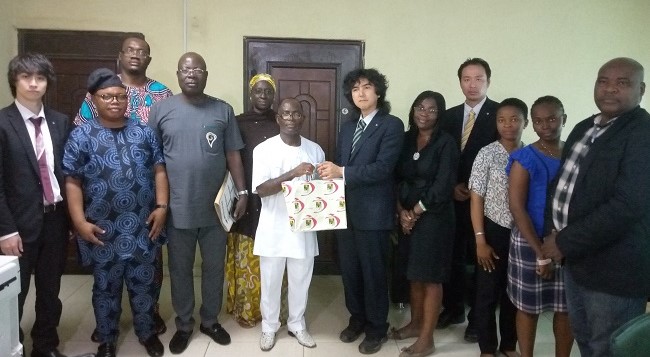Nigeria and Japan have undertaken a waste management initiative aimed at obtaining information of mercury emission and release from landfill facilities.

Ahead of a major survey scheduled to hold by January 2010, consultants, civil society organisations, government officials and representatives of the Japanese government have commenced moves to actualise the scheme.
From November 3 to 9, 2019, officials of Japanese firm, IDEA Consultants, including Mr. Tatsuya Hattori, Mr. Keisuke Uchida and Mr. Shogo Haga were in Nigeria to meet with representatives of the Lagos State Environmental Protection Agency (LASEPA), Lagos State Ministry of the Environment, Lagos State Waste Management Authority (LAWMA); Abuja Environmental Protection Board (AEPB), Federal Ministry of Health and Federal Ministry of Environment in Lagos and Abuja. They also visited waste landfill sites for preliminary survey.
The meetings and visits were aimed at obtaining information of waste management sites, as well as the situation of mercury monitoring laboratories in Nigeria.
The activities were facilitated by Mr. Anthony Akpan, President, Pan African Vision for the Environment (PAVE) as part of the organisation’s collaboration with IDEA Consultants on the project, whose objectives are to build and advance the capacity of mercury survey and monitoring, and obtain the basic information of mercury emission and release from waste landfill sites.
Under the survey, the Ministry of the Environment of Japan, in collaboration with UN Environment Programme’s International Environmental Technology Centre (UNEP-IETC) is undertaking a series of activities, the first of which is the capacity assessment and strengthening of mercury analytical laboratories in several countries, including Nigeria. It includes mercury monitoring demonstration focused on the open burning of mercury wastes. The second component is the actual survey on mercury waste management.
The capacity assessment involves the expert visit to the laboratories of the government or other research institute to discuss the current status and issues of mercury monitoring with the staffs.
Mercury monitoring demonstration includes mainly three types of media for sampling and analysis: the ambient air during burning; leachate water; and the hair of workers and/or surrounding residents at multiple waste landfill facilities. The onsite demonstration to the laboratorians, it was gathered, will provide technical skills for survey and monitoring of different media.
The mercury concentration in collected samples will be analysed in order to obtain an overview of risks to workers and surrounding residents by open waste burning. It is also aimed to obtain knowledge about mercury emission and release into the environment near the waste landfill facility.
